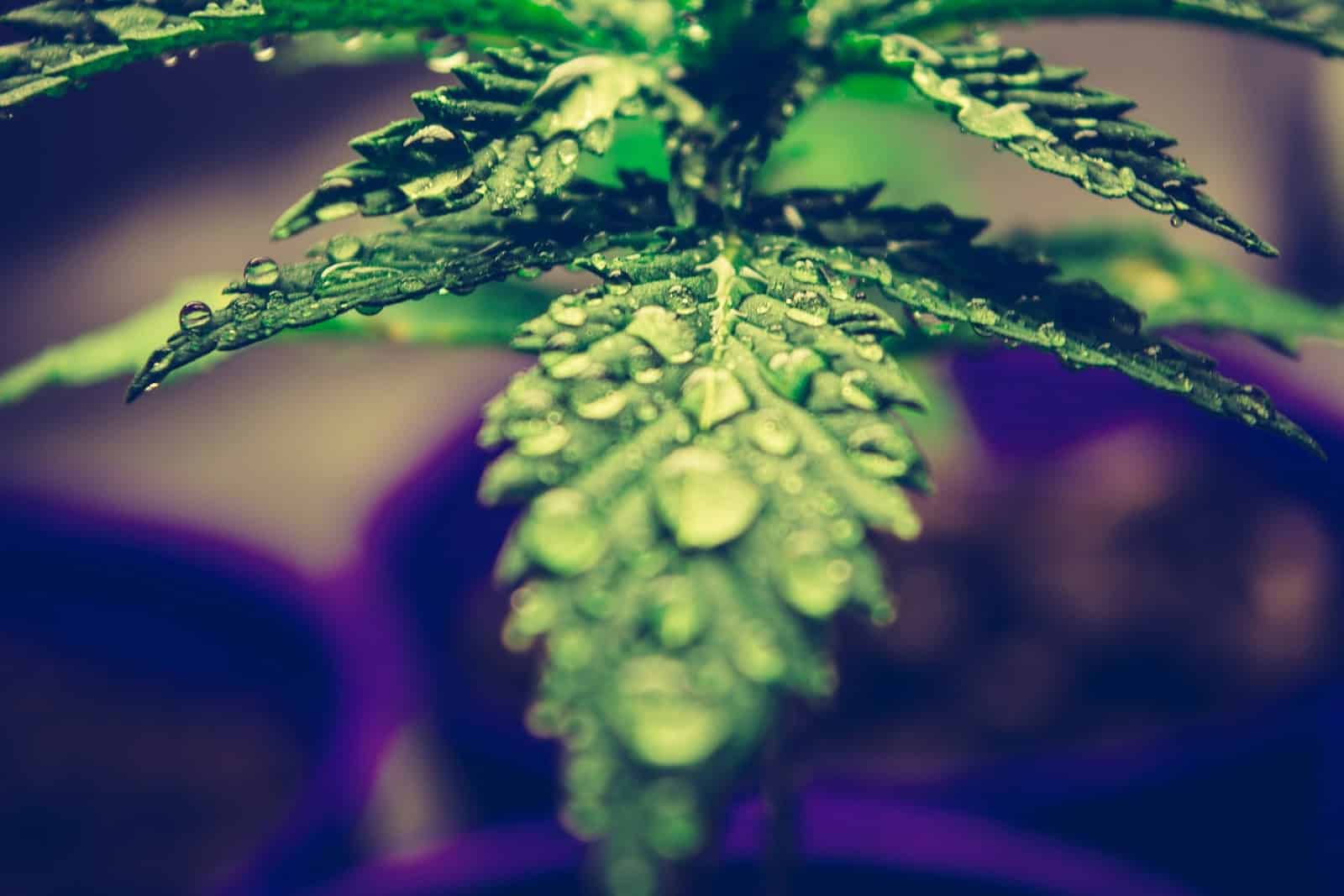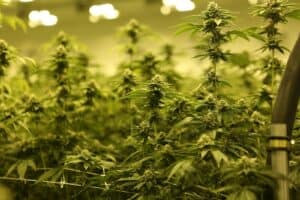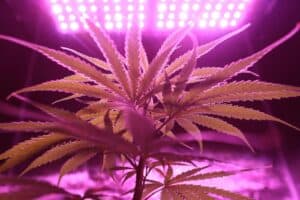Aquaponics combines plant and fish production to create a self-sustaining ecosystem, allowing you to grow cannabis plants naturally and effectively with this method. Many enthusiasts are discovering that aquaponics boosts marijuana growth, flavor, and strength.
Though it can be a bit capital-intensive to set up, the long-term benefits exceed setup and upkeep costs for this growing method. If handled properly, aquaponics can develop a thriving cannabis garden that consumes fewer resources than conventional methods. Explore this method to improve your growing experience and sustainably grow high-quality cannabis.
Key Takeaways
- Aquaponics grows plants and fish together for efficiency.
- This strategy may provide healthier, tastier cannabis.
- Properly set up and managed aquaponic gardens are sustainable.
Fundamentals of Aquaponics
Growing cannabis in aquaponics combines hydroponic techniques and aquaculture to support healthy habitats. The plants clean fish water and get nutrients from fish waste in this arrangement. Understanding these fundamentals is essential for aquaponic growth.
Understanding Aquaponics
Aquaponics is a sustainable way to grow plants while raising fish. The core idea is to have a relationship between the fish and plant life. Fish produce waste that contains valuable nutrients for the plants.
A typical aquaponic system has fish tanks, plant beds, and filters. These components must be functionally balanced for a healthy system.
The Aquaponic Cycle

The aquaponic cycle begins with fish waste. As fish eat and grow, they produce waste rich in ammonia. Beneficial bacteria convert ammonia into nitrates, a form the plants can absorb.
Plants clean the water and return it to the fish tank after extracting these nutrients. These cycles ensure that plants and fish benefit each other.
Water quality monitoring is needed to balance this cycle. Regularly measure nutrients, oxygen, and pH level. Good aquaponic systems may grow healthy fish and plants without much help.
Cannabis Cultivation in Aquaponics
Aquatic cannabis cultivation has numerous advantages. Using fish waste as nutrients boosts plant growth and promotes sustainability.
Benefits of Growing Cannabis with Aquaponics
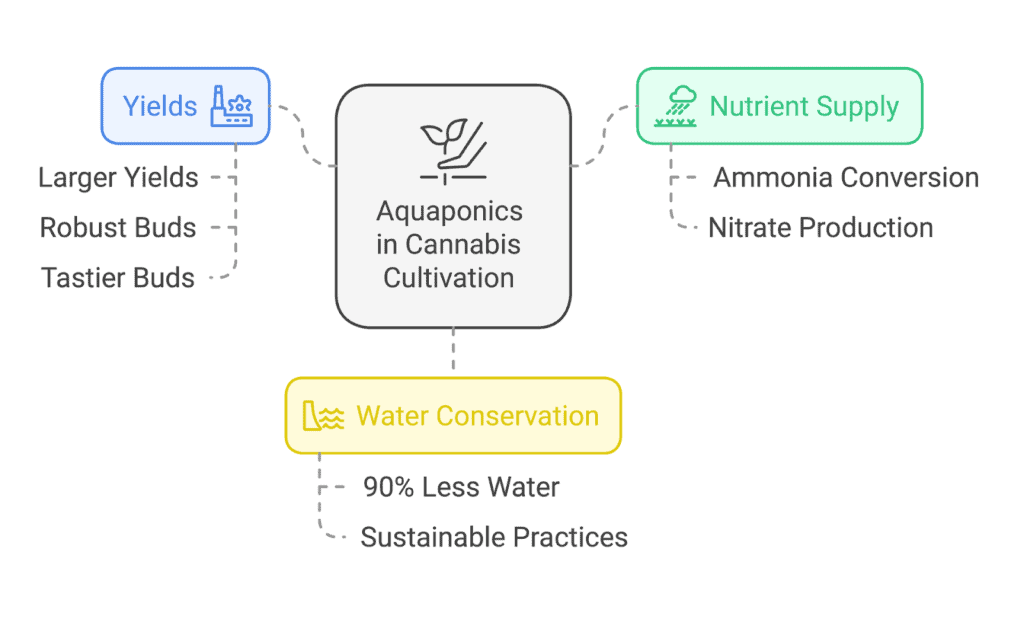
Growing cannabis aquaponically has many benefits. The strategy provides natural nutrients first. The excrement that the fish make decomposes into ammonia and eventually nitrates, offering your cannabis plants important nutrients.
Because of the excellent nutrient uptake, you can produce bigger yields than utilizing conventional procedures. Aquaponics’ organic technique creates robust, tasty buds. Buds planted in this location are smoother and more fragrant, according to various growers.
Aquaponics conserves water. This closed-loop technology uses 90% less water than standard soil methods. This is essential for sustainable cannabis production.
Requirements for Cannabis Plants

Aquaponic cannabis growth requires the following conditions:
- Fish Selection: Choose fish that thrive in cannabis-friendly pH. Popular fish include goldfish and tilapia.
- System Parts: Your setup should include a pump, bio-filters, plant beds, and fish tanks. All component sizes are crucial to equilibrium.
- Water Quality: Monitor temperature, ammonia, and pH. The optimal pH for cannabis is 6.0–7.0.
- Grow Lights: Proper lighting is essential for indoor plants. LED lights save electricity and grow cannabis effectively.
You can grow strong cannabis plants in an aquaponic setting by meeting these conditions.
Aquaponics System Setup
Setting up an aquaponics system requires careful planning and resources. Choose the right system type and understand its components to build a successful plant-fish habitat.
Choosing the Right System
Consider your environment and space while choosing an aquaponics system. You can opt for a media-based system, where the grow bed uses a growing medium to support plants. Alternatively, a deep water culture system allows plants to float in net pots, with roots submerged in nutrient-rich water.
Consider growing indoors or outdoors. Each setting affects light, temperature, and space. For beginners, starting small is often better, so you can learn as you go.
Components of an Aquaponic System
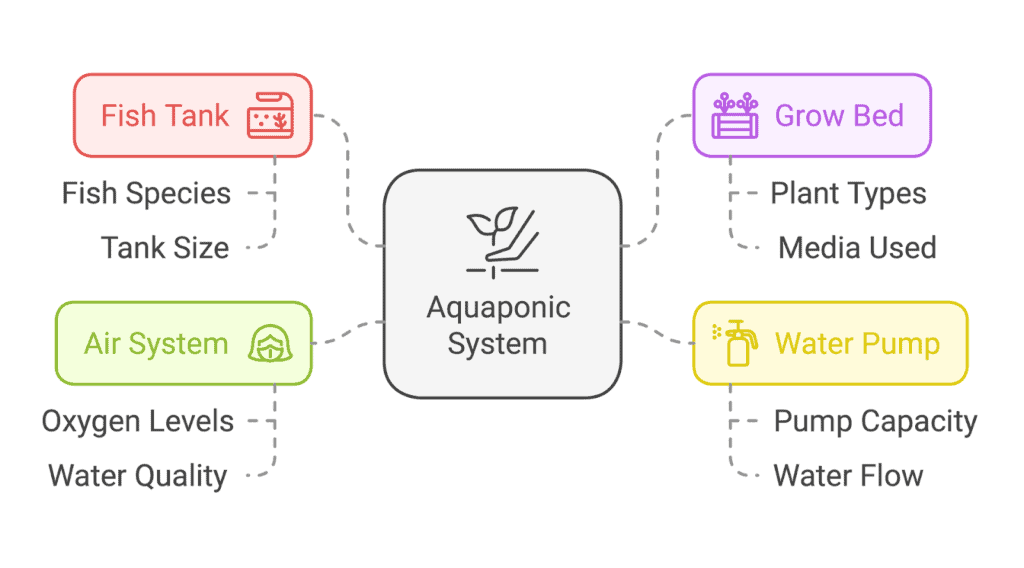
Essential aspects of a successful aquaponics system:
- Fish Tank: Your fish live here, so it must fit the number and size of fish you plan to maintain.
- Grow Bed: Plants develop in grow beds. Fill it with expanded shale or clay stones to support plants and filter water.
- Water Pump: This moves fish tank water to the grow bed and provides your cannabis plants with the needed nutrition.
- Air System: The water stays clean and fish get oxygen.
Understanding these factors is crucial for aquaponic equilibrium. Fish waste feeds plants, promoting growth when put up properly. Every part helps maintain the environment.
Managing an Aquaponic Cannabis Garden
A decent aquaponic cannabis garden involves careful water quality and fish and plant selection. Monitoring these factors ensures a healthy fish and cannabis environment.
Tracking Water Quality
Aquaponic water quality is crucial. Regularly test the water’s pH, which should be between 6.0 and 7.0, for optimal cannabis growth. High or low pH values affect fish health and nutrition.
Monitor nitrite, nitrate, and ammonia levels. Ammonia and nitrite should be 0 ppm, while nitrates should be 20–40 ppm. Use a water testing kit to maintain these traits.
Water temperature is also important. Keep it between 68°F and 75°F. Regular water changes and filtration keep fish and plants healthy.
Fish and Plant Choice
Choose symbiotic fish. Tilapia, catfish, and goldfish are good. Their resilience allows them to resist many situations. You should also feed fish nutrient-rich food.
Choose aquaponic-friendly cannabis strains. Consider hybrid or indica strains that can handle nutritional fluctuations. Fish and plants should complement each other.
Diversifying plants helps the ecology. Together with cannabis, leafy greens can filter nutrients and profit from fish excrement. Balance is key to aquaponic gardening.
Comparisons with Other Growing Methods
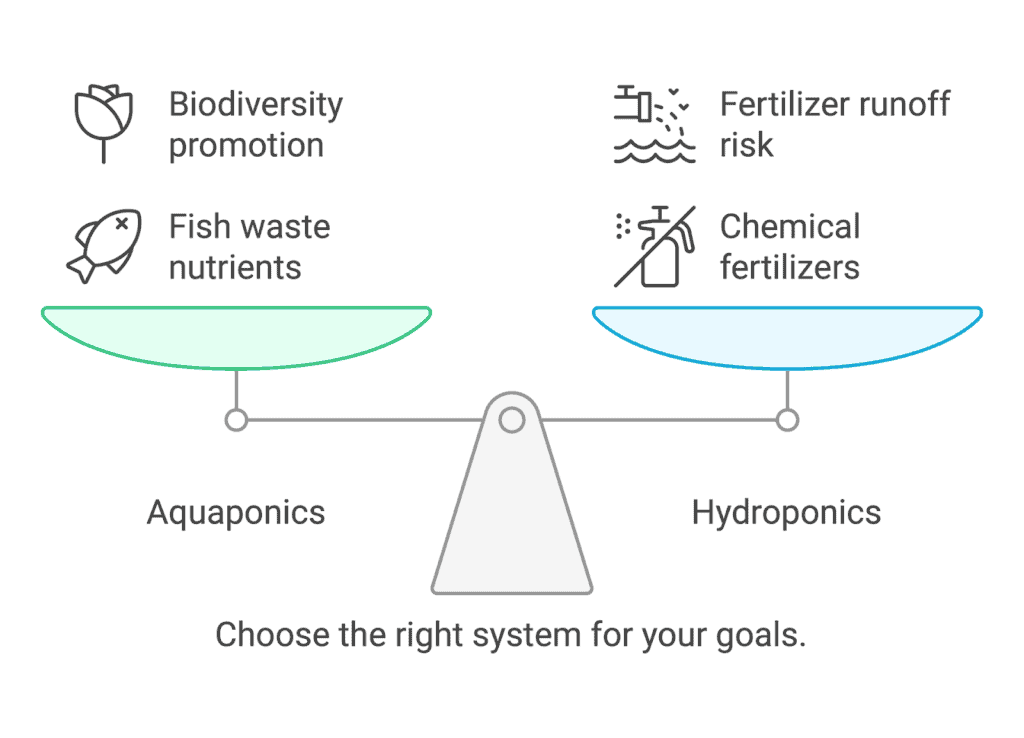
When considering different growing methods for cannabis, it’s essential to understand how aquaponics stacks up against hydroponics and its sustainability benefits. Each method has its strengths and unique characteristics that can impact your cannabis cultivation.
Aquaponics vs Hydroponics
Aquaponics uses plant and fish aquaculture to produce a self-sustaining ecosystem. Plants acquire nutrients from fish excrement. Water quality is protected via this relationship. Hydroponics uses mineral fertilizer to grow plants without soil.
Important Differences:
- Source of nutrients: Hydroponics utilizes chemicals, and aquaponics uses fish waste.
- Environmental Impact: Aquaponics promotes biodiversity and reduces waste, while hydroponics increases fertilizer runoff.
Which strategy is optimal depends on your goals and resources. To achieve a balanced environment, aquaponics may be preferable, while hydroponics is better for regulation.
Aquaponics and Sustainability
Sustainable aquaponics is often highlighted. Environmentally conscious growers should consider this approach because it consumes less water. Aquaponics reduces waste by circulating fish and plant water.
Sustainability benefits:
- Water Conservation: It uses 90% less water than soil gardening.
- Chemical-free fertilizers: Fish excrement improves plants without chemicals.
By employing fish and plants, aquaponics enhances nutrient cycling and reduces artificial inputs, making it a popular cannabis development method.
Bottom Line
Cannabis aquaponics offers an eco-friendly and innovative approach to cultivation, combining plant and fish production in a self-sustaining ecosystem. With proper setup and management, this method can yield high-quality cannabis while conserving resources and reducing environmental impact. Whether for personal or commercial use, aquaponics provides growers with a sustainable and efficient way to enhance their cannabis growing experience.
Frequently Asked Questions on How To Grow Cannabis With Aquaponics
Interested in aquaponics cannabis growing? Here are some common questions you may have about this method.
Which fish are best for aquaponics cannabis?
Tilapia is a popular aquaponics fish. They grow quickly, are tough, and thrive in many water kinds. Trout and catfish are other good alternatives, but their benefits depend on your region and system.
Can aquaponics boost cannabis yields?
Aquaponics can boost cannabis harvests. Nutritious fish waste and suitable water conditions provide plants with nutrients. Compared to typical growth methods, this may provide healthier plants and higher harvests.
Growing cannabis aquaponically has what drawbacks?
One challenge is fish and plant care. This requires extensive hydroponics and aquaculture knowledge. Another issue is that setup may cost more than standard growth systems.
How profitable is commercial cannabis aquaponics?
Commercial cannabis production with aquaponics depends on market demand, scalability, and local restrictions. Plant growth and fish farming can be profitable if managed well.
What criteria should be considered before choosing an aquaponics cannabis system?
Consider hemp’s growth habits and nutrient needs while choosing a system. Hemp plants can grow enormous, so make sure the system has enough space.
Can cannabis thrive in aquaponics? Are there any crops that don’t?
Many vegetables grow well in aquaponics. Herbs, tomatoes, and leafy greens work well. Cannabis is suitable since it can adapt to diverse nutrient levels and environmental conditions with care.

